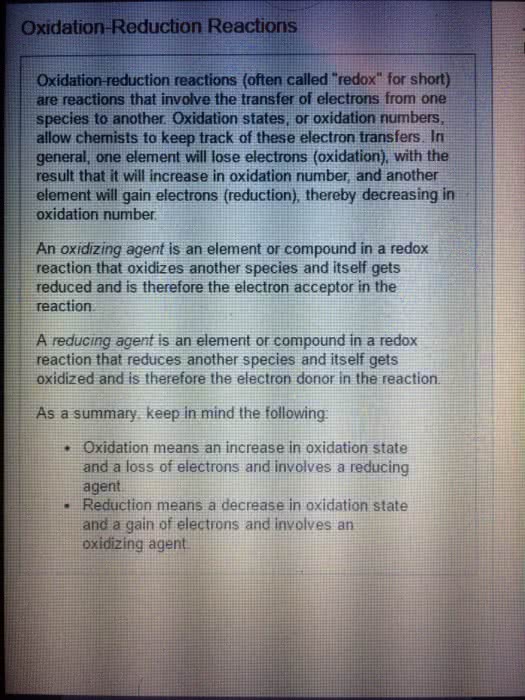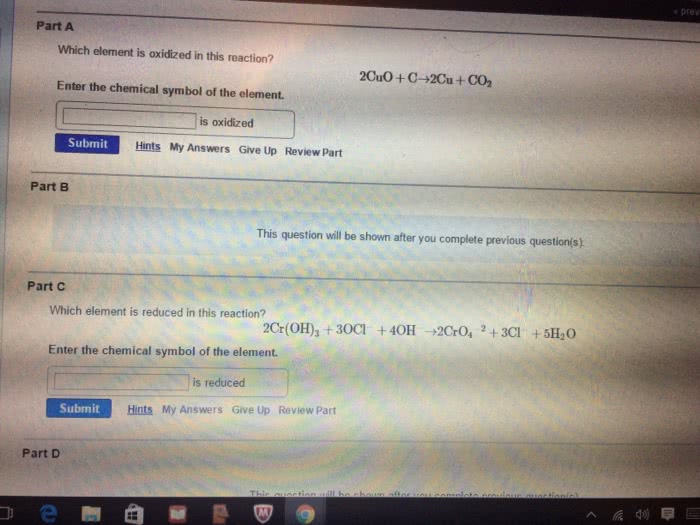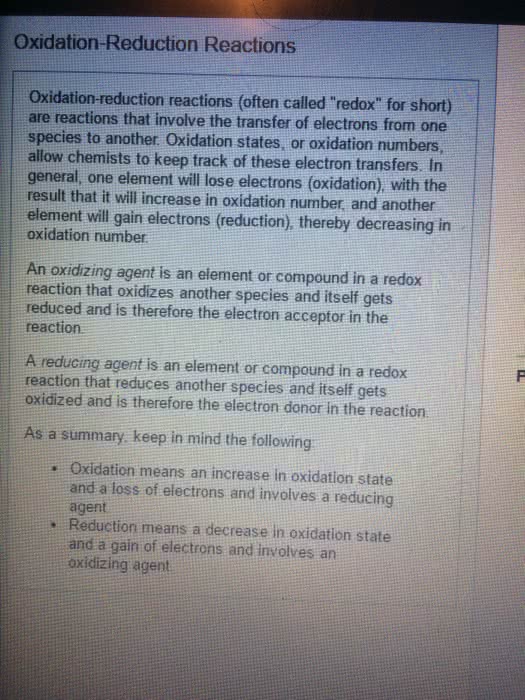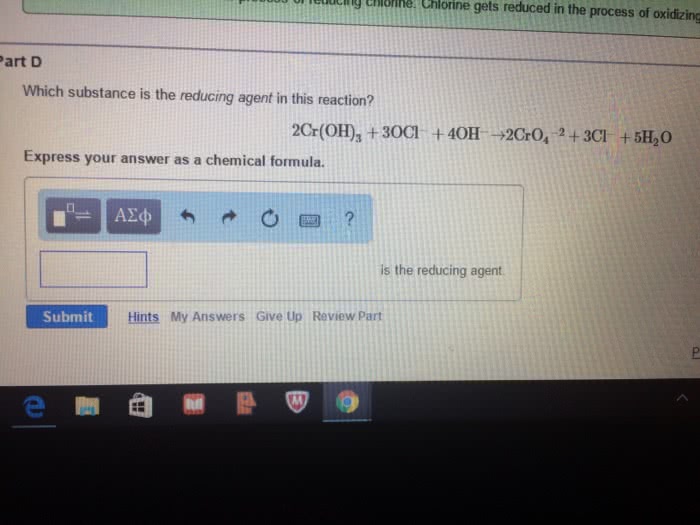CH 101 Lecture Notes - Lecture 18: Barometer, Bookkeeping, Nonmetal
Document Summary
To convert a free element into an ion, the atoms must gain or lose electrons. Of course, if one atom loses electrons, another must accept them. Reactions where electrons are transferred from one atom to another are redox reactions. For reactions that are not metal + nonmetal, or do not involve o2, we need a method for determining how the electrons are transferred. Chemists assign a number to each element in a reaction called an oxidation state that allows them to determine the electron flow in the reaction. Even though they look like them, oxidation states are not ion charges. > oxidation states are imaginary charges assigned based on a set of rules. If an atom loses electrons another atom must take them. The reactant that reduces an element in another reactant is called the reducing agent. The reducing agent contains the element that is oxidized. The reactant that oxidizes an element in another reactant is called the oxidizing agent.





